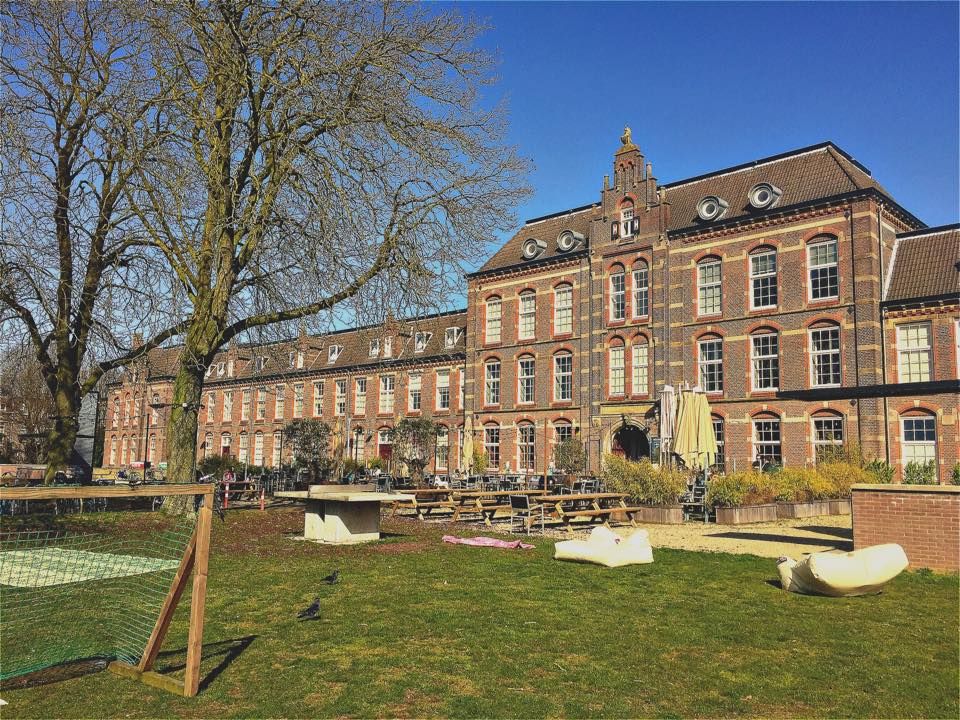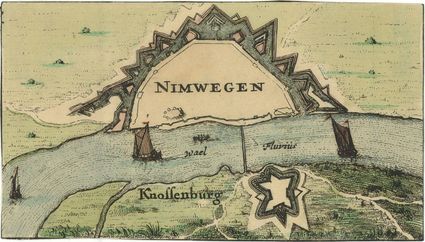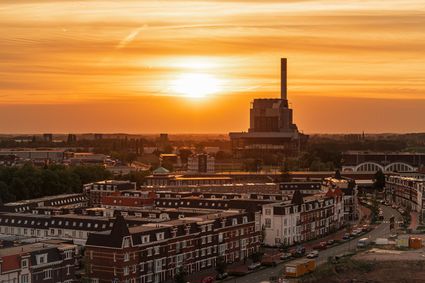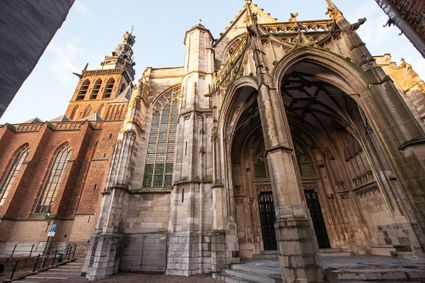Garrison city, barracks, and soldiers
Nijmegen is bursting at the seams with historical stories, ranging from leading figures to ordinary people, from neighbourhoods to political events. The Canon of Nijmegen encompasses the most important stories about Nijmegen’s history. One of these stories tells the tale of Nijmegen as a garrison city. Because of its location at the border, Nijmegen had been important in defending the country for centuries – the fortifications around the city had been maintained for so long for a reason. Soldiers stayed in houses and monasteries, converted into barracks, inside the fortress.
1891 – 1912: hospitality for soldiers
The demolition of the city walls, starting in 1876, didn’t initially affect the soldiers’ quarters in the inner city; however, the nuisance caused by the soldiers’ presence would remain. In 1891, a new group of soldiers would be stationed in the city: the newly established Colonial Reserve, intended for the recruitment and training of additional troops for the Royal Dutch East Indies Army (KNIL). These “colonials” found shelter at the Papengas and the Valkhof. Eight years later, compulsory personal service was introduced in the Netherlands, leading to an abundance of soldiers that had to be sheltered in the city.
The inadequate housing of the military came to an end with the construction of a number of modern barracks, located together on the edge of the city. The first, opened in 1905, were the First Infantry Barracks on the Groesbeekseweg, later renamed Kraijenhoff Barracks, after the famous architect Baron C.R.T. Kraijenhoff. A year later, the Second Infantry Barracks on the Gelderselaan followed, later named Snijders Barracks, after the Dutch commander-in-chief during World War I. Then, in 1911, the Colonial Reserve traded in its dilapidated buildings for the new Prins Hendrikkazerne on Van ‘t Santstraat. These barracks, which had its own military club, was named after Queen Wilhelmina's husband. The Colonial Reserve offered its hospitality to one of the first four-day walking marches in 1912. Thanks in part to this hospitality, Nijmegen became the permanent departure and arrival point for the Four Day Marches in 1925.
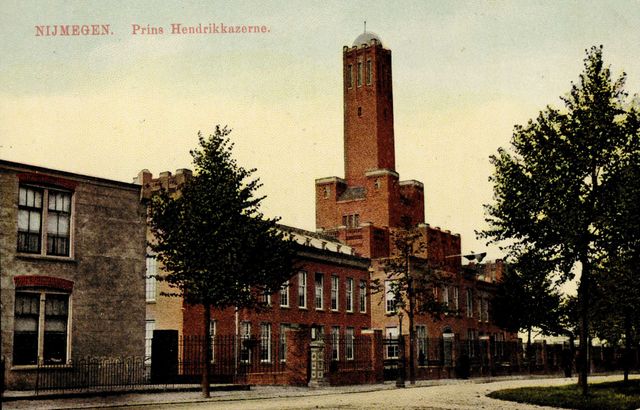 Prins Hendrikkazerne
Prins Hendrikkazerne
2000 years of military presence in Nijmegen
For some ninety years, the fourteen-acre site between the railroad bridge, Groesbeekseweg, and Gelderselaan was a barracks area, closed to the public. The city and the soldiers stationed there went their separate ways. During World War II, German occupiers confiscated the barracks, but they were re-occupied by Dutch soldiers after the war. The KNIL returned to the Prins Hendrikkazerne, but Indonesia’s independence soon made the colonial army obsolete, leading to the “colonials” leaving the city in 1951. Following their departure, the three barracks housed Air Force Training, which held the name of Air Force Instruction and Military Training School (LIMOS) starting in 1961. Cutbacks at the Department of Defence and the suspension of compulsory military service led to the departure of the Air Force training to the Woensdrecht Air Base in 1995. This meant the end of some two thousand years of military presence in Nijmegen.
Immerse yourself in the rich history of the oldest city in the Netherlands, because Nijmegen has a lot of stories to tell you. Curious? You can read all about it in this historical timeline.
